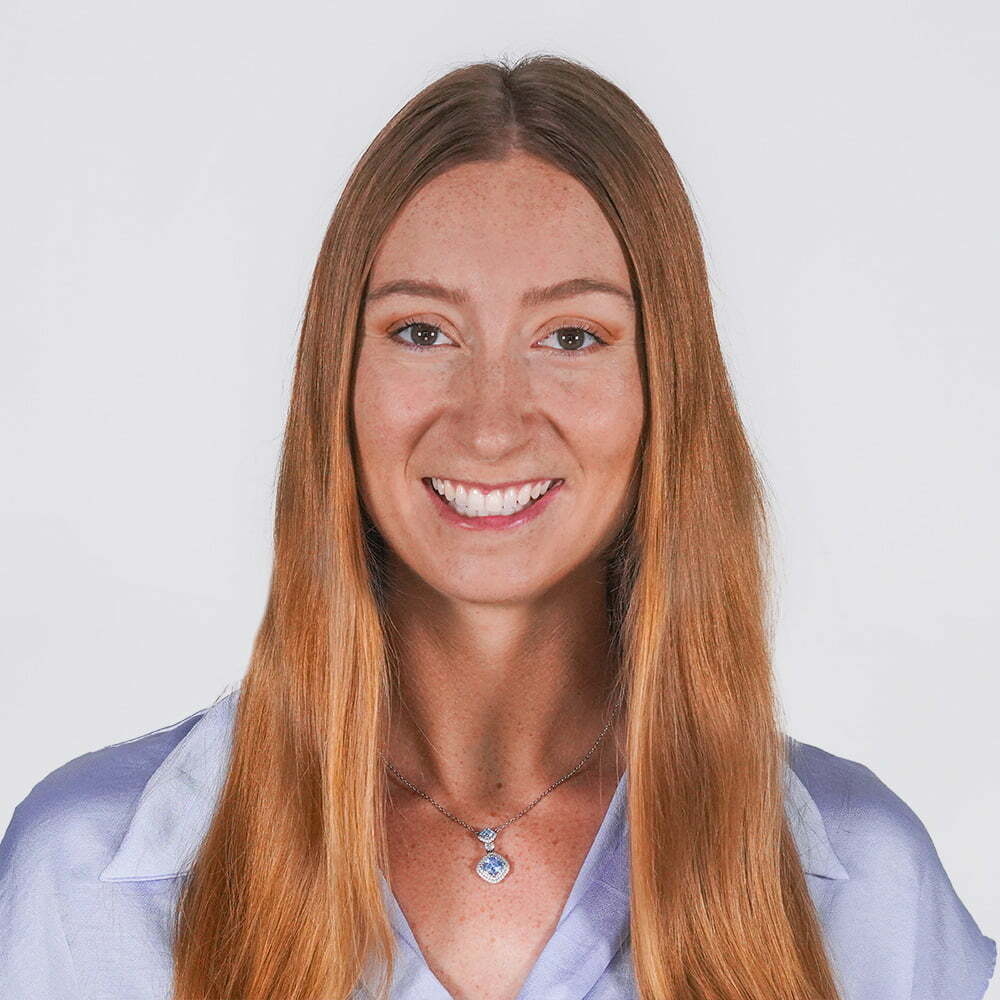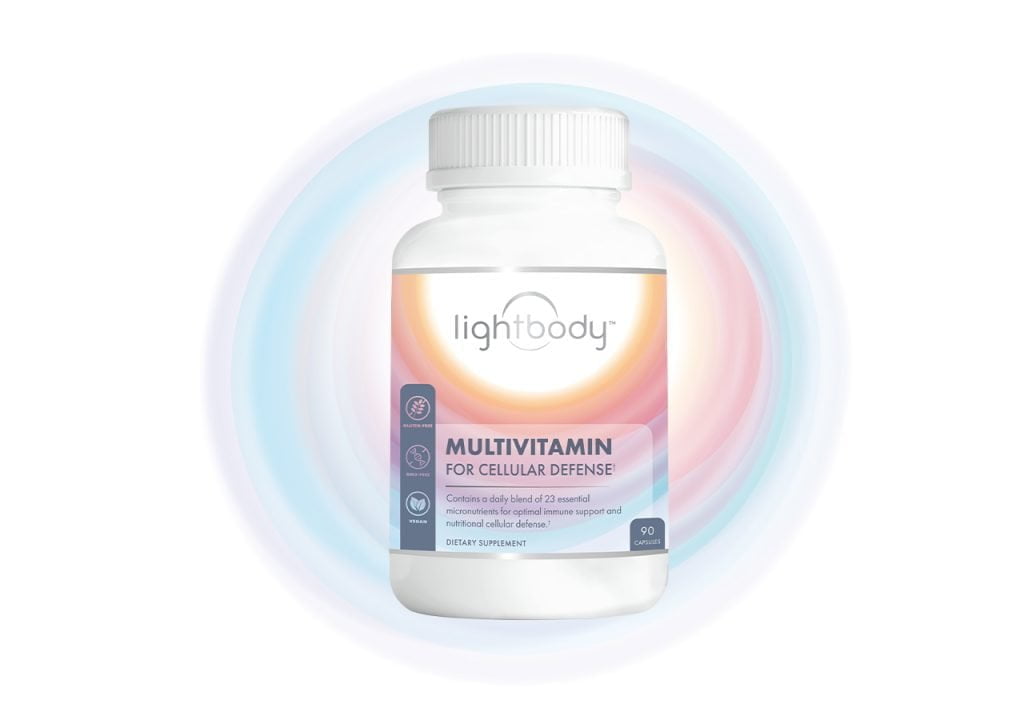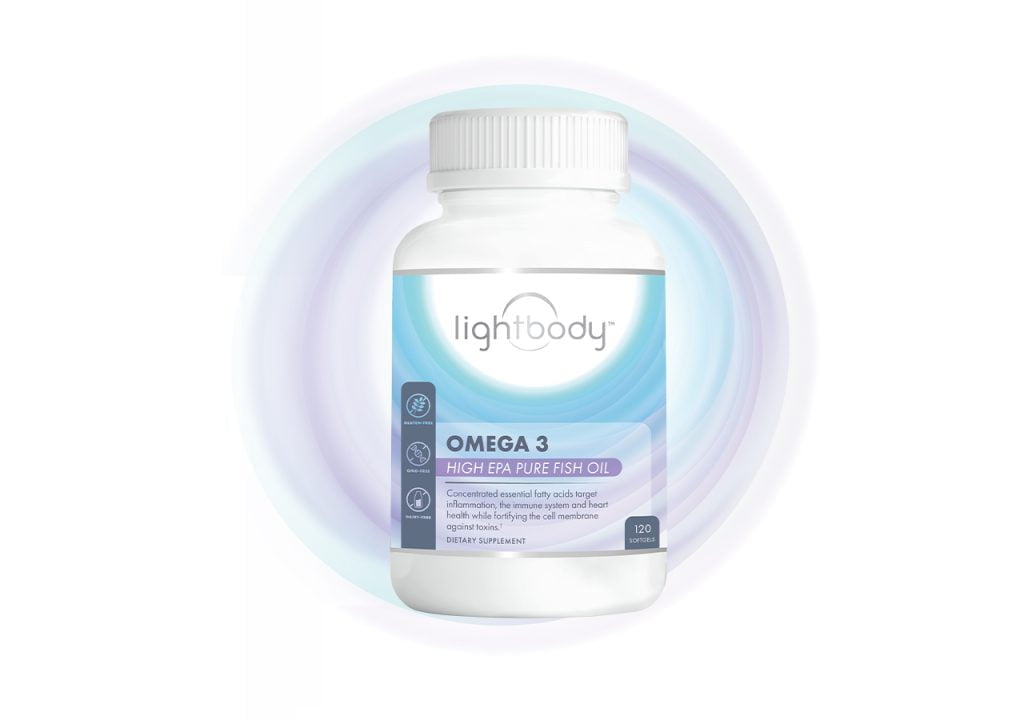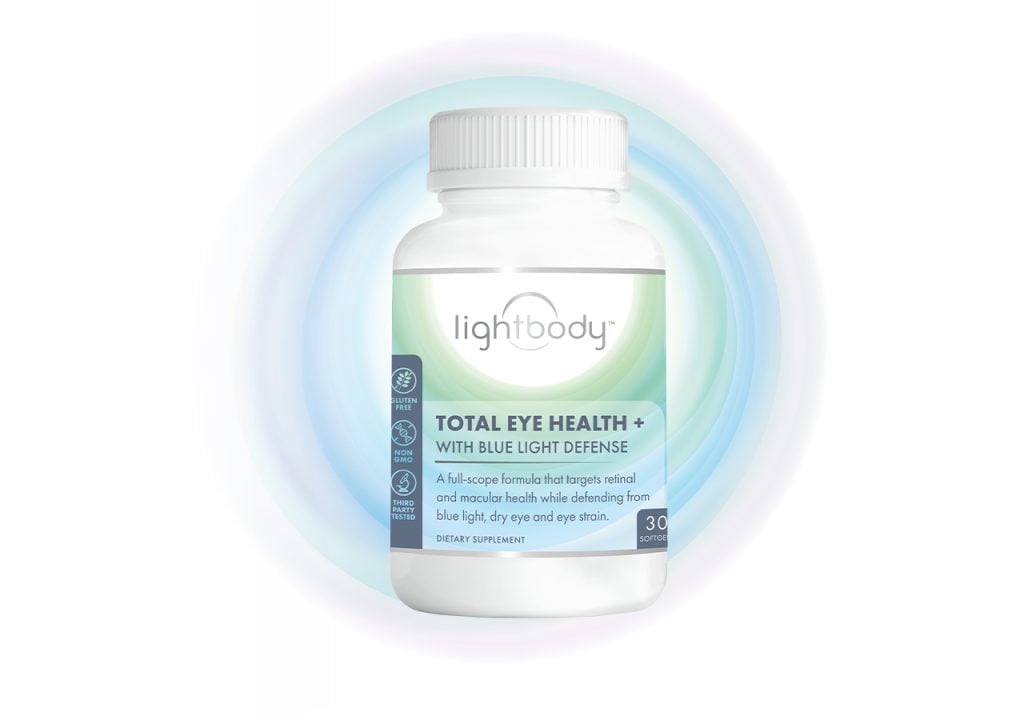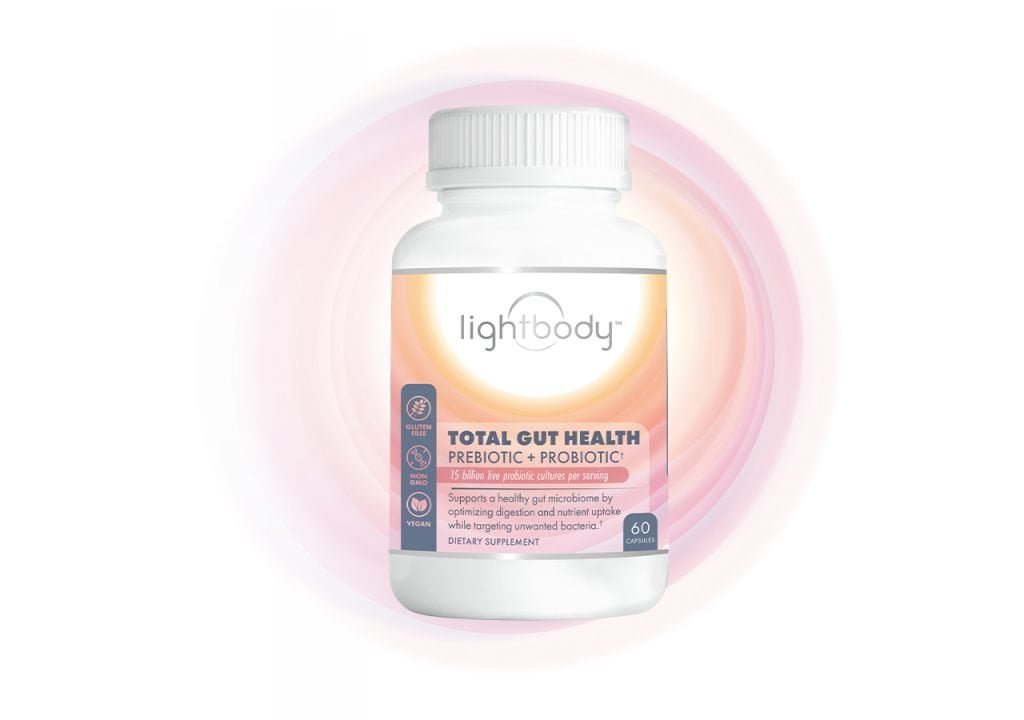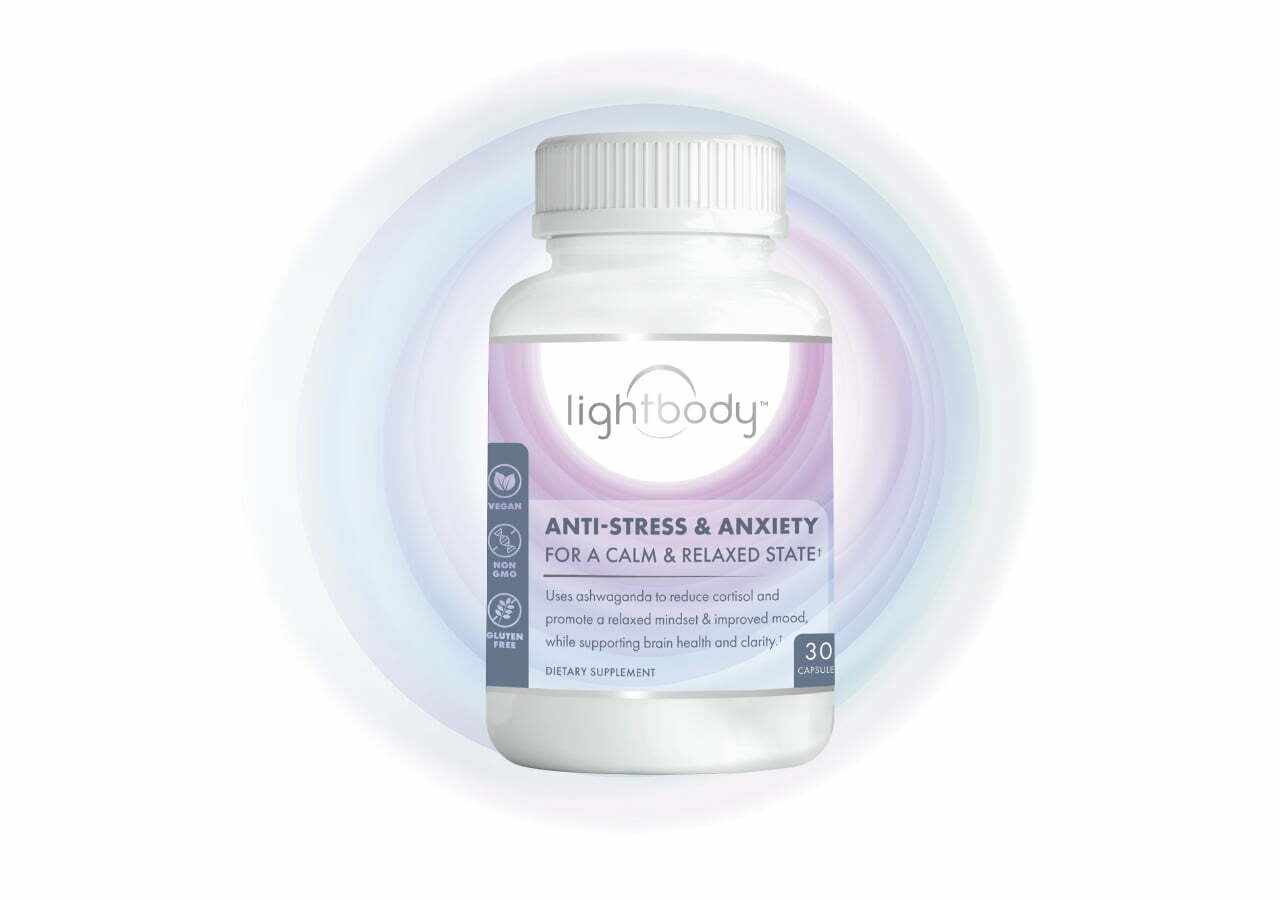Detox has become a bit of a buzz word in recent years—thanks to celebrities promoting different ‘detox’ products online—but what does it really mean? Detoxification is the process of removing toxic substances, which can be done in many different ways. As you’ll see, we aren’t just talking about big, dramatic cleanse – rather, reasonable steps you can take to live a purer life.
There are numerous health benefits that detoxing can provide, including both mental and physical health benefits. It can help boost your immune system and avoid illness, lower your stress and anxiety levels, and improve sleep quality.
Taking on the task of eliminating toxins from your home can seem daunting—but it doesn’t have to be! Having a plan can help keep you on track. And remember, baby steps go a long way. Below are our 5 tips on how to get rid of toxins from the body.
In this article, you’ll learn:
- A Few Words About Detox Diets
- 5 Detox Tips to Help Your Body
- 5 Ways to Help Your Body Detox Safely – Start Today!
A Few Words About Detox Diets
A detox diet is a nutritional plan designed to purge the body of toxins and improve health by promoting weight loss, enhancing energy levels, and cleansing the body of impurities. Central to the concept of a detox diet is the understanding that the quality of food we consume has a profound impact on our life’s quality.
By eliminating processed foods, sugars, and fats, and instead focusing on natural, whole foods, a detox diet aims to reset and rejuvenate the body’s natural detoxification processes. This approach underscores the belief that our dietary choices directly influence our physical and mental well-being, advocating for a mindful consumption pattern that supports the body’s internal cleansing mechanisms.
Detoxification regimens often include a variety of components like natural laxatives, fluids that increase urine production, essential vitamins and minerals, herbal teas, juices, and specific foods thought to aid in cleansing the body.
Despite the broad use of the term “toxin” in the context of these diets—encompassing everything from pollutants and synthetic chemicals to heavy metals and processed foods—the specifics regarding which toxins are being targeted and the precise methods by which the diets facilitate their removal often remain vague.
Critics of detox diets point out the lack of scientific evidence supporting their efficacy in toxin elimination or in promoting sustainable weight loss. The body is equipped with a complex detoxification system, including the liver, kidneys, digestive system, skin, and lungs, which efficiently processes and eliminates toxins.
However, the effectiveness of this system is contingent upon the overall health of these organs. While detox diets themselves may not enhance the body’s natural detoxification abilities beyond their inherent capacity, focusing on overall nutritional health can bolster these systems, optimizing the body’s ability to detoxify naturally.
5 Detox Tips to Help Your Body
Alright, let’s now move on to the most crucial part of this blog, which is the specific advice based on our own experiences!
#1 – Clean and Declutter!
The first step to a good life detox is a literal detox–or deep clean–of both house and work space. Cleaning and decluttering has been linked to many positive mental health effects. Some of these include more energy, more focus, better sleep, and reduced stress levels. Clutter can actually induce a physiological response and increase levels of our stress hormone, cortisol.
Katherine Milkman, a professor at the Wharton School, coined the term ‘fresh start effect’: when people feel more motivated and excited at the beginning of something new. The idea of a ‘spring clean’ taps into this, a temporal landmark to kick your motivation into high gear.

Start by decluttering. By sorting through items you may not want or need anymore, it is a great opportunity to donate to local charities and give them a second life (which is also a sustainable practice for the Earth rather than just throwing them out!). An organizing schedule can help you accomplish the daunting task of cleaning, and can reduce tension while creating a feeling of accomplishment for each room you complete.
If an item, whether it’s old and sentimental or new and expensive, doesn’t continue to spark joy–as famous Japanese organizer Marie Kondo claims–it doesn’t need to be around you anymore. Rather than thinking you are throwing a lot of stuff away, think of it as figuring out what items you want to keep and value.
Your home should be a place where you are able to unwind. Clutter leads to perception of unfinished tasks, which can make it hard to relax. Clutter at work (papers not filed, projects not finished, dishes not returned to the break room) is closely tied to procrastination, and can often equate to lower productivity and focus.
Bonus Tip – Try to reduce what you introduce to your home. Once it’s in your house, it’s a lot harder to part with than if you never bought it in the first place. This includes all those Amazon packages with their “super-easy” returns process.
#2 – Identify (And Remove!) Sneaky Sources of Toxic Chemicals
Of course, a great way to detox is to remove toxins. While having a dirty home exposes you to some toxins, having a clean home–using chemical cleaners–can expose you to many more.
Wonderful.
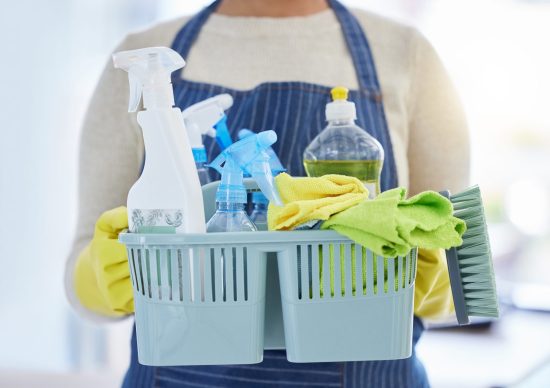
So what do we do? Having a 100% toxin-free home is impossible–just take a quick look at the California Proposition 65 List, a list of over 1000 naturally occurring or synthetic chemicals known to cause cancer or reproductive harm.
It’s easy to get overwhelmed by this, especially when we can’t even pronounce most of these words. Thankfully, the Environmental Working Group has put together a lot of consumer guides for those who are interested in learning more. Our advice? Stay away from any form of chlorine bleach, ammonia, PFOs/PFAs (perfluorinated/per- and polyfluoroalkyl chemicals found in stain resistance products, non-stick pans, food packaging, personal hygiene, tap water), and pesticides. See the full list from the Environmental Working Group.
Or, you can just look for the EWG VERIFIED® mark (or the “Safer Choice” label from the U.S. EPA) on products or try organic or natural alternatives like vinegar, baking soda, essential oils, lemon, or even steam cleaning, which only uses water. We won’t even get into how tap water can also include lead, arsenic, and the “forever chemicals” also known as PFAS. Make sure to use a HEPA vacuum to capture all the airborne particles.
Besides household cleaning products, there are many other sneaky sources of toxins. Aerosol sprays, liquid detergents and fabric softeners, clothing containing plastic or synthetic particles, and non-stick cookware all contain harmful toxins. Candles, made from paraffin wax, a petroleum byproduct, releases carcinogenic benzene when burned. Candle wicks may also include lead–exposure to lead can lead to behavioral problems, learning disabilities, seizures, and even death. In a smoke-free household, candles are the number one source of airborne particles, posing risks for cardiovascular and respiratory disease.
Other scented products can also contain harmful products. Fragrances often have the chemical phthalates. While health effects of phthalate exposure in humans are still being researched (and being studied specifically by many government agencies), studies have found that in animals, exposure to phthalates can negatively affect reproductive health and cause developmental problems.
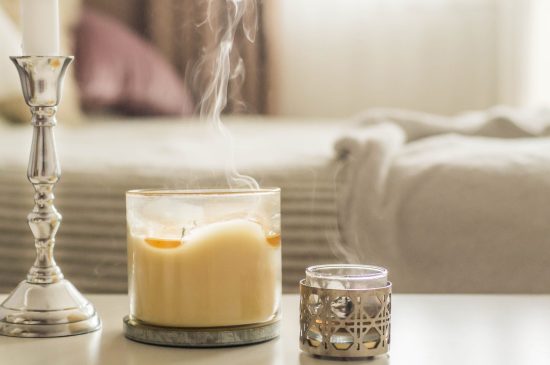
Even a lot of cosmetic and beauty products contain unsafe substances in their ingredients, which is especially worrying because you put these products directly on to your skin.
With everything you bring into your household, be conscious of the ingredients they contain—try to find alternatives that have more natural and organic ingredients, as well as fragrance-free. And if you do none or all of these things, at least take your shoes off at the door before depositing who-knows-what external chemical and toxin residue around your home.
#3 – Be Mindful of Environmental Pollutants
While there are a lot of toxins in household products (many of which are also classified as environmental toxins), you also need to be mindful of the invisible toxins that are just floating around in the air.
Many environmental toxins can act as endocrine disruptors, which can cause hormonal imbalance leading to other health problems. So try and control sources of environmental toxins.
Household air pollution has been estimated to cause 3.2 million deaths per year, disproportionately affecting children under the age of 5. A recent report found that 1 in 4 Americans live with unhealthy levels of air pollution.

Houses are now more insulated to combat rising energy costs, and as a result, stale air is being trapped and retained inside. To improve air quality in your home, make sure there is good air flow throughout and air filters fitted throughout your house. Stale air is bad air. Open windows when possible and ensure your living space has proper ventilation.
Another relatively unknown and often overlooked environmental toxin is EMF radiation. As homes are becoming smarter and the number of tech devices increases, the amount of radiation we are exposed to continues to increase. The body of research around EMF radiation is continuing to grow, and it’s showing time after time that exposure to EMF radiation is not healthy. To learn more about EMF radiation, DefenderShield is a great resource.
#4 – Practice the Art of Feng Shui
What is Feng Shui exactly? Feng Shui is an ancient Chinese philosophy that focuses on finding the balance of energy within your living space. Using these techniques, you can create a calming yet functional environment.
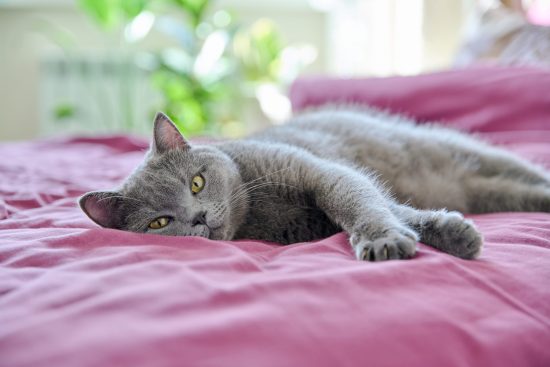
Imagine the energy within your home as water: how would it flow through your living spaces? Make sure the water wouldn’t get blocked or pool in certain areas, because that would negatively affect the energy within your home.
A key component of Feng Shui focuses on restful and recuperative sleep. If you can, separate your work-from-home setup from where you rest and sleep. Creating separate boundaries can help create a more relaxing and restful sleep environment, leading to an increase in sleep quality.
#5 – Reconnect With the Outdoors
Longer days and nicer weather make it easier to spend time outdoors, which has a host of amazing effects for your body.
Research shows effects ranging from reduced anxiety and depression to better sleep, immune function and more. It supports positive health outcomes for those with chronic conditions.
The sun, as much hate as it gets for those cancer-causing UV rays, can make you feel good. Exposure to UVB rays from the sun helps our skin make pain-reducing beta-endorphins. It can give your body what it needs to function every day, including Vitamin D3 for bone health, immune health, and inflammation support. It can also help correct your circadian rhythm and support better sleep by regulating hormone levels serotonin and melatonin.
Even if it’s not sunny, getting outside is still linked to positive outcomes for your body–so much so that doctors are actually prescribing nature exposure, or ecotherapy, to patients now. Physical activity is *naturally* more likely to happen out in nature, even in more urban environments. Cold and rain can be good for your body, too! Rain helps reduce airborne particles and promotes cleaner air, and cold weather can help increase levels of norepinephrine (pain suppressing hormone).
Grounding–or connecting your body to the Earth’s magnetic field, also called the Schumann resonance, has been shown to increase negative ions in your body and fill your body with antioxidants.

Lastly, the more you are outside, the more you are probably away from technology. During the winter months, technology usage and screen time increases because of the less hospitable outdoor conditions forcing people to spend more time indoors. Increased screen time is detrimental to your eye health and has been associated with poorer mental health.
So, consider going outside for a digital detox. What’s a digital detox? Intentional time spent away from smart devices and social media. Dependency on technology has reached an unhealthy level in modern society, and it is impacting the overall health and wellbeing of society.
Even if it’s not a full digital detox, try spending 30 minutes outside instead of 30 minutes inside looking at a screen. Spending time in the outdoors is beneficial for both your mental and physical health. By opting to go outside and take a step away from your devices, it will help you reset mentally and give your body a break physically too.
5 Ways to Help Your Body Detox Safely – Start Today!
Embrace a healthier lifestyle with our guide on detoxifying your life, highlighting the power of a balanced diet, a clean living space, mindful product choices, and the rejuvenating effects of nature. Discover the simplicity and effectiveness of these steps towards a purified and energized existence.
Frequently Asked Questions
To detox your body, focus on a balanced diet rich in fruits, vegetables, and whole grains, stay hydrated, get regular exercise, and ensure adequate sleep to support natural detoxification processes.
Detoxing can be beneficial by promoting healthy eating habits and supporting the body’s natural detoxification processes, but it’s important to approach it sensibly and avoid extreme diets that can be harmful.

